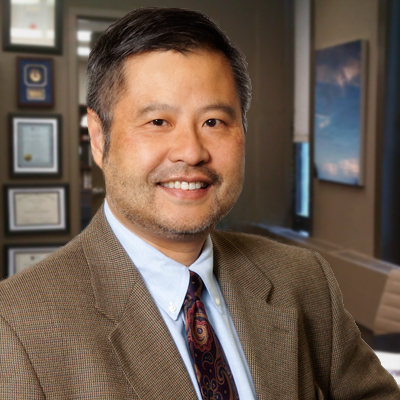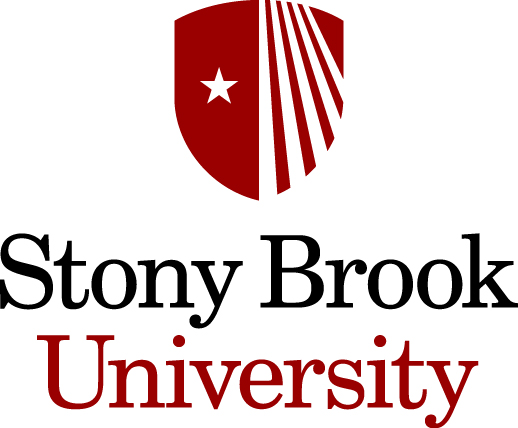New nanofibrous membranes can lead to a leap in low cost water purification
According to the most recent estimates, 1 in 9 people worldwide do not have access to safe water. Therefore, what is often considered a basic human right -- safe water to drink, cook, grow crops, and bathe with -- is absent from a large portion of people’s daily lives globally, with an overwhelming amount of people affected being those in low-income countries residing in extreme poverty and lacking access to basic medical care. Dr. Benjamin Hsiao, of Stony Brook University, is passionate about using advanced nanotechnology to restore the right to safe water to the estimated one billion people that currently lack accessibility for both drinking and crop survival for food. This population is projected to grow, creating even more urgency for viable solutions. Through the development of technologies that are affordable and sustainable, Dr. Hsiao’s rigorous and compassionate approach is responsible for new solutions that will provide purified water for everyone, not just those who are currently able to afford it.
Dr. Hsaio’s major research effort, launched about a decade ago, seeks to develop new nanofiber technologies, based on natural cellulose materials, for health, environmental, and energy applications. Such technologies provide necessary solutions but also offer low cost, low energy, and highly efficient filtration systems that can provide sustainable results to people in rural regions, where quality of life and public health can greatly be improved. Dr. Hsiao and his team have already exhibited excellent water filtration properties with nanofibrous materials with results including a 99.9999% removal for E. coli bacteria and 99.99% for MS2 bacteriophage virus removal. In addition to the filtrations proven ability to remove harmful viruses, it is also reliant upon gravity rather than other energy sources making it an energy efficient technology that will likely revolutionize access to water quality internationally. With successful projects ranging from areas of Kenya to startups locally in the US, Dr. Hsiao’s hope to create lasting positive change is well within reach!
Current research includes:
-
Purifying Drinking Water: Dr. Hsiao and his team have developed new nanostructure materials to purify drinking water while using gravity to do so. Dr. Hsiao’s technology is able to filter the same amount of water as previous technologies, more quickly and effectively. The successful demonstration of such applications have resulted in two start-up companies: Aqua-Tech Inc. and Liquidity Nanotechnology which are both at the stage of making commercial products. In fact, Liquidity, has recently won the “Next Generation Technology” award in Launch: Silicon Valley 2014 - World Cup Tech Challenge, for providing affordable drinking water solutions for the poor.
-
Purifying Sea Water: Dr. Hsiao is using solar heat to purify seawater. This breakthrough concept on creation of “directed water channels” for energy efficient and low cost desalination by reverse osmosis process would result in a leap in reducing the energy consumption of water purification in all the coastal regions around the world.
-
Affordable Energy and Water: Dr. Hsiao launched the Innovative Global Energy Solutions Center (igesc) which aims to demonstrate ‘a living laboratory for sustainability’ in northern Kenya. The laboratory resides at the Turkana Basin Institute (TBI) in the least developed region of Kenya. The goal of igesc is to develop an integrated, systems-based approach that provides sustainable energy and water solutions to a village setting in remote regions where these solutions can lead to opportunities for economic development, increase public health, and stabilize regions.
Bio
Early in his professional career, Dr. Benjamin Hsiao worked as a graduate student, postdoc, and later scientist at DuPont. This experience was particularly unique for him because although he worked in an industrial setting, the tradition of the CR & D division in the Experimental Station emphasized fundamental research. This allowed him to deepen his basic science skills through several blue-sky projects without experiencing the pressure of commercialization. Dr. Hsiao’s experience at DuPont enabled him to develop the appreciation and ability to collaborate with other scientists across disciplines and to apply knowledge in areas of expertise other than his own. From DuPont, Dr. Hsiao moved to an academic setting where he quickly was promoted to full professor due to his aspiration to first and foremost be an innovator rather than concentrating strictly on scholarly accomplishments. Once awarded tenure, he was able to begin the second chapter of his career in which he has pursued risk-taking research that can tackle projects of large social impacts.
In his free time, aside from research, Dr. Hsiao enjoys traveling with his wife and collecting wine. Originally from Taiwan, he came to the U.S. hoping to be a musician. After quickly discovering that he had “skills but not enough talent,” he devoted the rest of his academic and professional career to science where he believes he can best “spread love and help people.”
Website: http://www.chem.stonybrook.edu/faculty/hsiao.shtml


